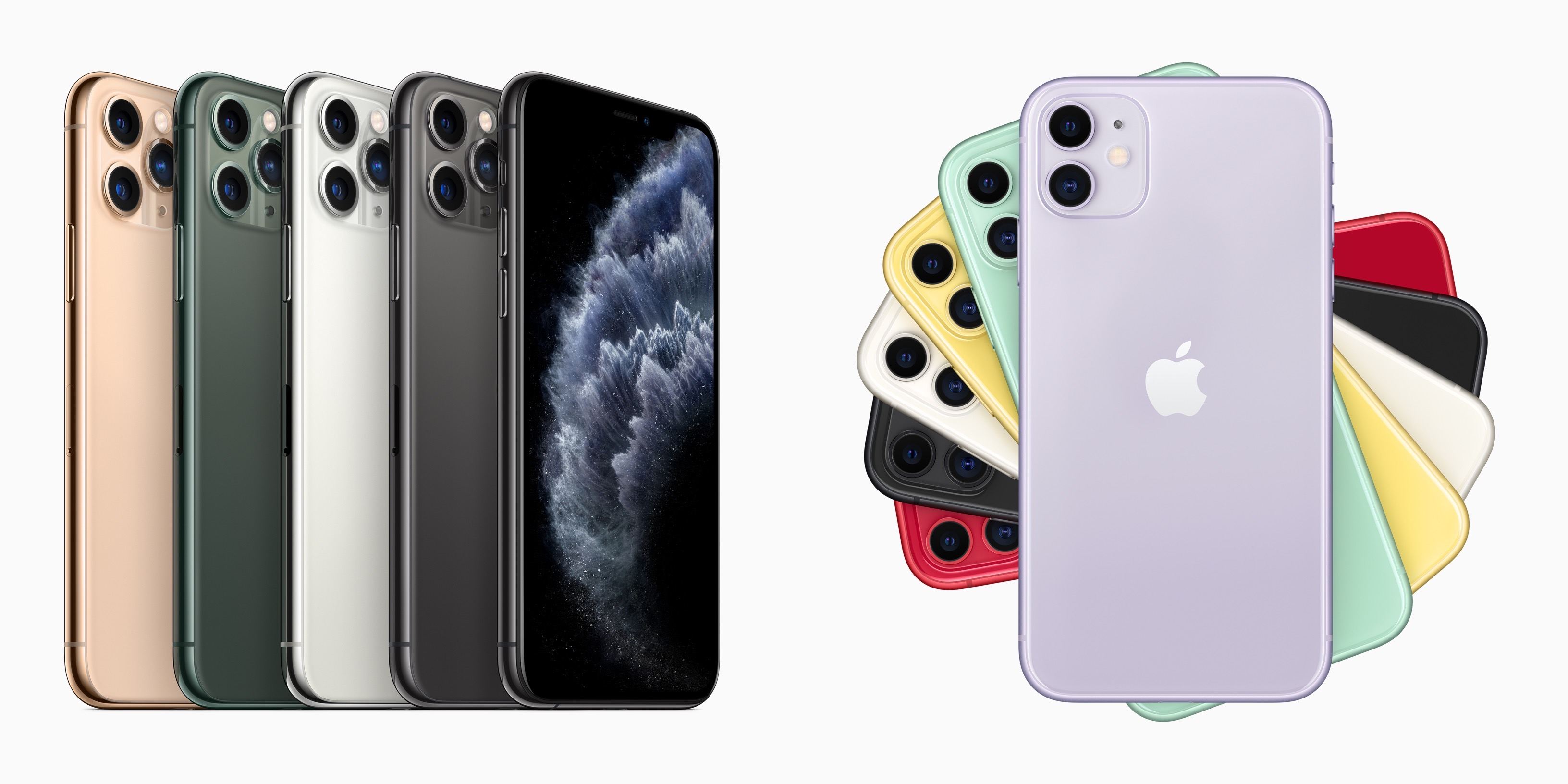A feature of the iPhone 11 and 11 Pro that didn’t get stage time this week was Apple’s new U1 chip, which adopts the relatively new Ultra Wideband wireless technology. The UWB Alliance, an industry trade group, describes the technology as follows:
UWB is a unique radio technology that can use extremely low energy levels for short-range, high-bandwidth communications over a large portion of the radio spectrum. Devices powered by a coin cell can operate for a period of years without recharge or replacement. UWB technology enables a broad range of applications, from real-time locating and tracking, to sensing and radar, to secure wireless access, and short message communication. The flexibility, precision and low-power characteristics of UWB give it a unique set of capabilities unlike any other wireless technology.
For now, all Apple has said is that the U1 chip will permit users to point an iPhone 11 at another iPhone 11 and “and AirDrop will prioritize that device so you can share files faster.” However, the same iPhone 11 Pro preview page also notes that the U1 is “going to lead to amazing new capabilities.” In light of recent rumors that Apple is developing a hardware tag for tracking your belongings, it’s not hard to imagine at least one application that the company probably has in mind. However, Tile-like item tracking is just the tip of the iceberg.
Over on Six Colors, Jason Snell has dug deeper into UWB technology. Snell spoke to Mickael Viot, the VP of marketing at UWB chipmaker Decawave, to better understand other use cases for UWB:
But the possible applications of UWB go way beyond AirDrop and tracking tags. Decawave’s Viot says potential applications include smart home tech, augmented reality, mobile payments, the aforementioned keyless car entry, and even indoor navigation. (And it’s not a power hog, either—Viot says that Decawave’s latest UWB chip uses one-third of the power of a Bluetooth LE chip when in beacon mode, as a tracking tile would be.)
It’s interesting to consider what UWB could enable, especially inside the home. Apple will expand the automation capabilities of NFC tags, which are useful for home automation setups, in iOS and iPadOS 13.1. However, NFC tags still need to be scanned to trigger actions. UWB has the potential to go well beyond NFC by using spatial awareness and presence to expand how we interact and automate all sorts of smart devices.


